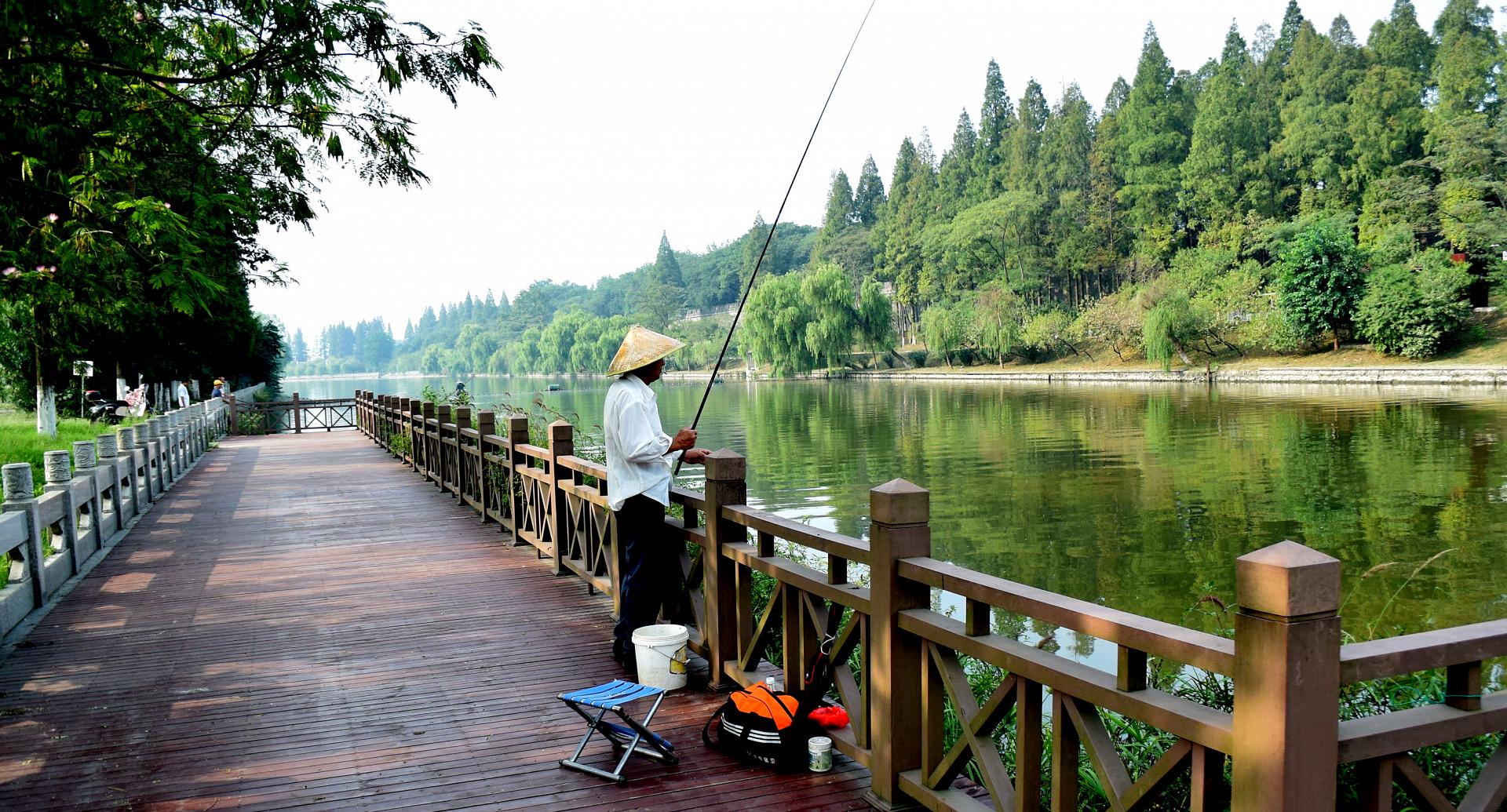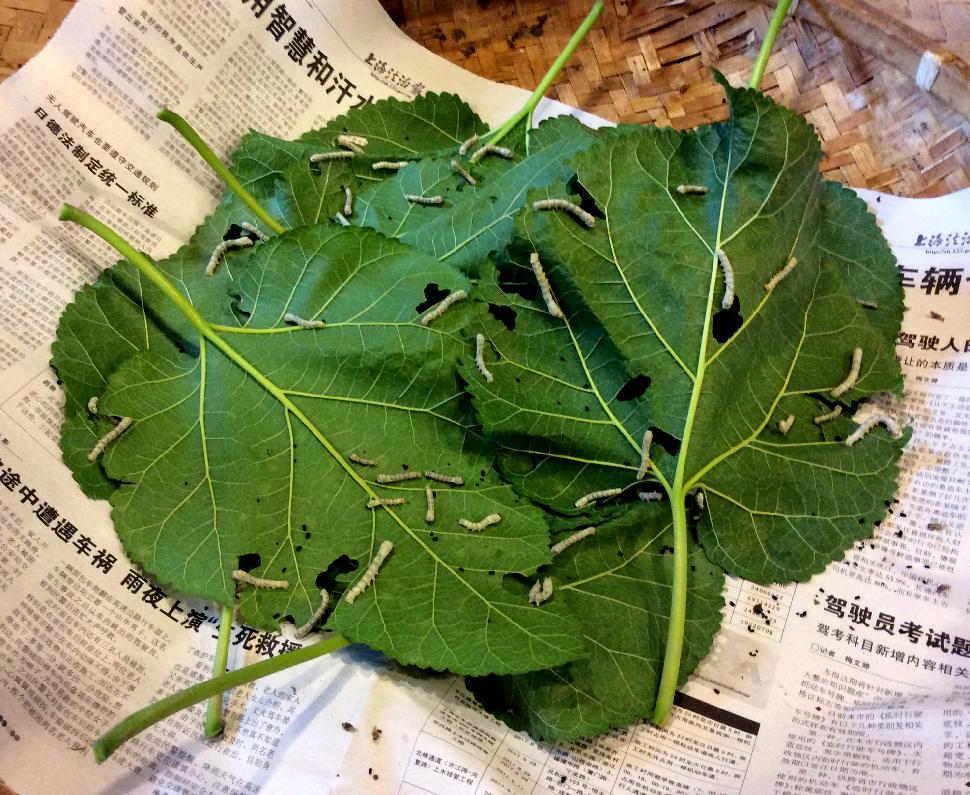Silk is special
Nature's amazing natural fishing line
Advertisement
It seems that no matter where I travel I can always find a way to feed my inner fishing passion. Like last week when I visited a silk factory in central China, along the famous Silk Road, and discovered that the amazing fibre has been used for to make fishing line, as well as plethora of other materials, for well over 3,000 years.
The process starts when silkworms are fed the leaves from mulberry trees. The caterpillars chew up their veggies, night and day for about a month. Then, when they’ve grown fat and plump, they regurgitate the unique protein fibre from their stomachs and wrap themselves up in a silk kimono or cocoon.
Advertisement
If the larvae were left to complete the process, they would eventually emerge from the cocoons as moths that subsequently lay their eggs and restart the life cycle, but ancient Chinese artisans discovered long ago that the triangular strands of silk are incredibly long and exceedingly strong.
Care to guess how long?
Advertisement
Well, if you were to carefully unravel a single cocoon, you would wind up with a one mile (1.6 kilometre) long strand of silk.
And that is what the workers at the plant I visited last week were doing. After soaking the cocoons in water to soften them up, the amazingly keen-sighted ladies would somehow find the tiny end of the silk strand on a cocoon, attach it to a somewhat crude paddle affair and then let the noisy machine unravel the silk fibre.
Advertisement
And while a single strand of silk is strong, several strands were woven together in the old days, just like our modern braided lines today, to form a strong thread with which to reel in the fish.
Indeed, back in Isaac Walton’s day, silk fishing lines were the “go to” choice for most anglers. They’re still preferred to this very day by many fly fishing purists who insist that silk fly lines allow you to cast further with greater accuracy and ease. And if you care for them properly, they apparently last forever.
Imagine how exciting it would be to fly fish for trout with a handcrafted Tonkin split bamboo fly rod and silk line?
While you’re contemplating that thought, click on the following short video and watch how the silk threads are removed from the cocoons in a time honoured Chinese process that dates back thousands of years.


